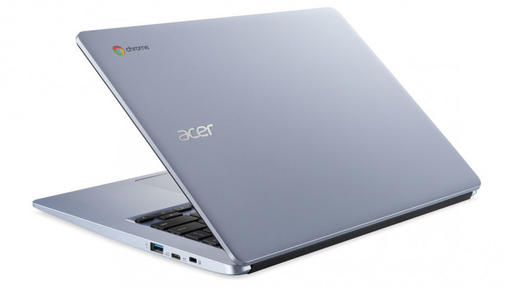Texas Instruments’ 1080p DLP3310 chip could power your future smart home projector
Texas Instruments has unveiled its DLP Pic 0.33-inch full-HD DLP3310 chip-set, a micro-opto-electromechanical system (MOEMS) spatial light modulator, or tiny projector display to you and me. The chip is designed to cater for the growing demand for smaller form factor, low power, high resolution projector displays and could end up powering some exciting new products.
The module boasts 1080p resolution capabilities, along with 16 million colors for high fidelity image projection and video playback capabilities. The DLP3310 also boasts the industry’s highest brightness capabilities for its class size, meaning that projections should be easily visible even in less than ideal lighting conditions. Texas Instruments envisions its 0.33-inch chipset being implemented in a range of portable display applications, including mobile smart TVs, battery-operated pico projectors, signage, medial, and industrial applications. The chip is also designed to operate on battery powered devices, meaning that it could also appear in smartphones, tablets or laptops. We’ve already seen just such an implementation with the Lenovo Smart Cast and Samsung’s old Galaxy Beam.
Personally, I’m most excited about this technology potentially appearing in a smart home product. There’s no official word about any such device being in active development, but smart home projection displays is mentioned as a potential use case. This could be paired up with Android TV software and feature a virtual voice activated assistant for a compelling piece of living room equipment. Think along the lines of the Amazon Echo or Google Home, but with the capability to project video from social media or your film library as well.
Manufacturers planning to offer an optical module utilizing the DLP3310 include Shenzhen Anhua Optoelectronics Technology, Coretronic Corporation, DigitalOptics, Ongine Technology, Young Optics, and others. The 0.33-inch full-HD chipset will be available for use in products come the second half of 2017.



Comments
Post a Comment